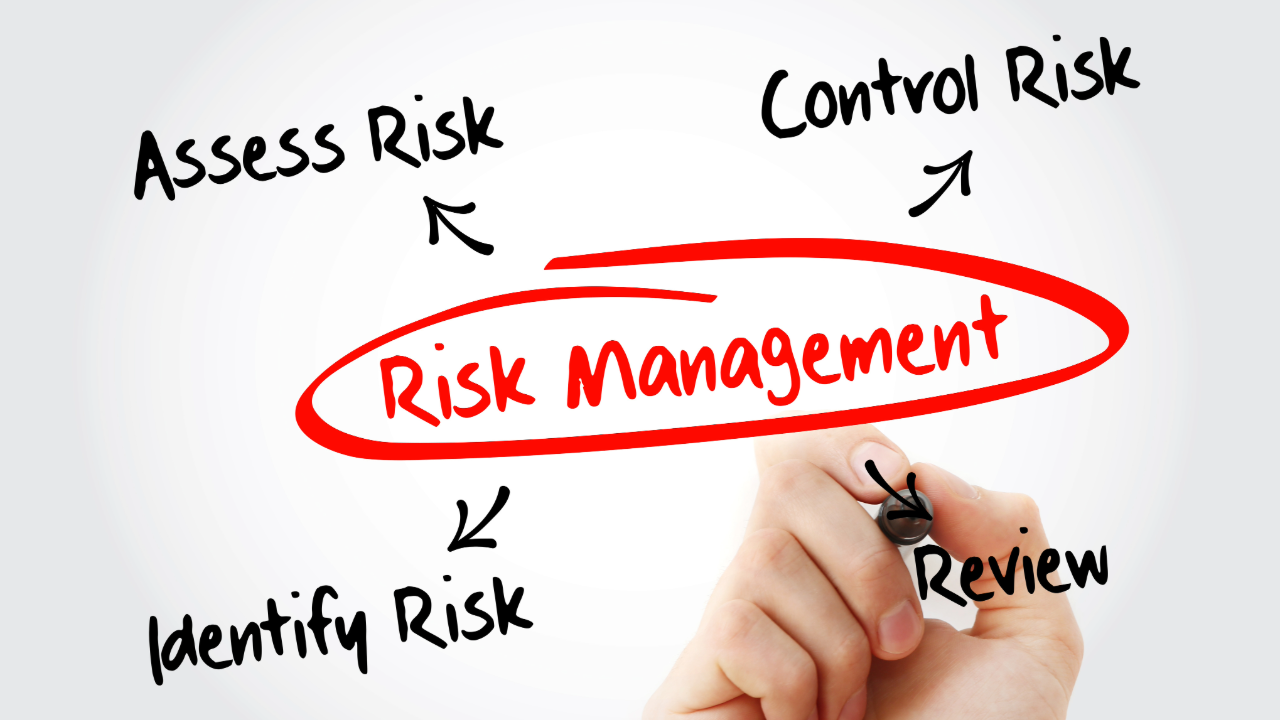Strategies for a Secure Future
In today’s rapidly evolving technological landscape, effective security risk management is crucial for organizations aiming to protect their assets, data, and reputation. At C & C Security Patrol, Inc., we understand the importance of proactively identifying, assessing, and mitigating security risks. This blog post explores the essential components of security risk management and how they contribute to a robust security framework.
1. Understanding Security Risk Management
Security risk management is a strategic process involving the identification, assessment, and control of risks that could negatively impact an organization. This ongoing process helps safeguard assets and maintain operational continuity.
2. The Importance of a Structured Framework
Implementing a structured framework provides organizations with a systematic approach to manage security risks. Frameworks such as the NIST Cybersecurity Framework offer guidelines that help organizations assess and improve their ability to prevent, detect, and respond to cybersecurity risks.
3. Key Steps in Security Risk Management
-
Risk Identification: Recognize potential threats and vulnerabilities that could impact the organization.
-
Risk Assessment: Evaluate the likelihood and potential impact of identified risks to prioritize mitigation efforts.
-
Risk Treatment: Develop and implement strategies to mitigate, transfer, accept, or avoid risks based on their assessment.
-
Monitoring and Review: Continuously monitor the effectiveness of risk management strategies and make necessary adjustments to address emerging threats.
4. Best Practices for Effective Risk Management
-
Adopt a Proactive Approach: Anticipate potential risks and implement measures to prevent them before they materialize.
-
Engage in Continuous Training: Regular training ensures that all personnel are aware of security protocols and can respond effectively to security incidents.
-
Leverage Advanced Technologies: Utilize tools such as Managed Ransomware Detection and Response platforms, Extended Detection and Response (XDR), and Security Information Event Management (SIEM) to enhance threat detection and response capabilities.
-
Foster Collaboration: Work closely with law enforcement agencies and industry peers to share information about emerging threats and effective mitigation strategies.
5. The Role of Continuous Improvement
The security landscape is dynamic, with new threats emerging regularly. Organizations must engage in continuous improvement by regularly evaluating and updating their security policies and practices to adapt to evolving risks.
Effective security risk management is an ongoing process that requires vigilance, adaptability, and a commitment to continuous improvement. At C & C Security Patrol, Inc., we are dedicated to implementing comprehensive risk management strategies tailored to the unique needs of our clients. By proactively identifying and addressing security risks, we aim to foster a secure environment that supports the success and resilience of your organization.



